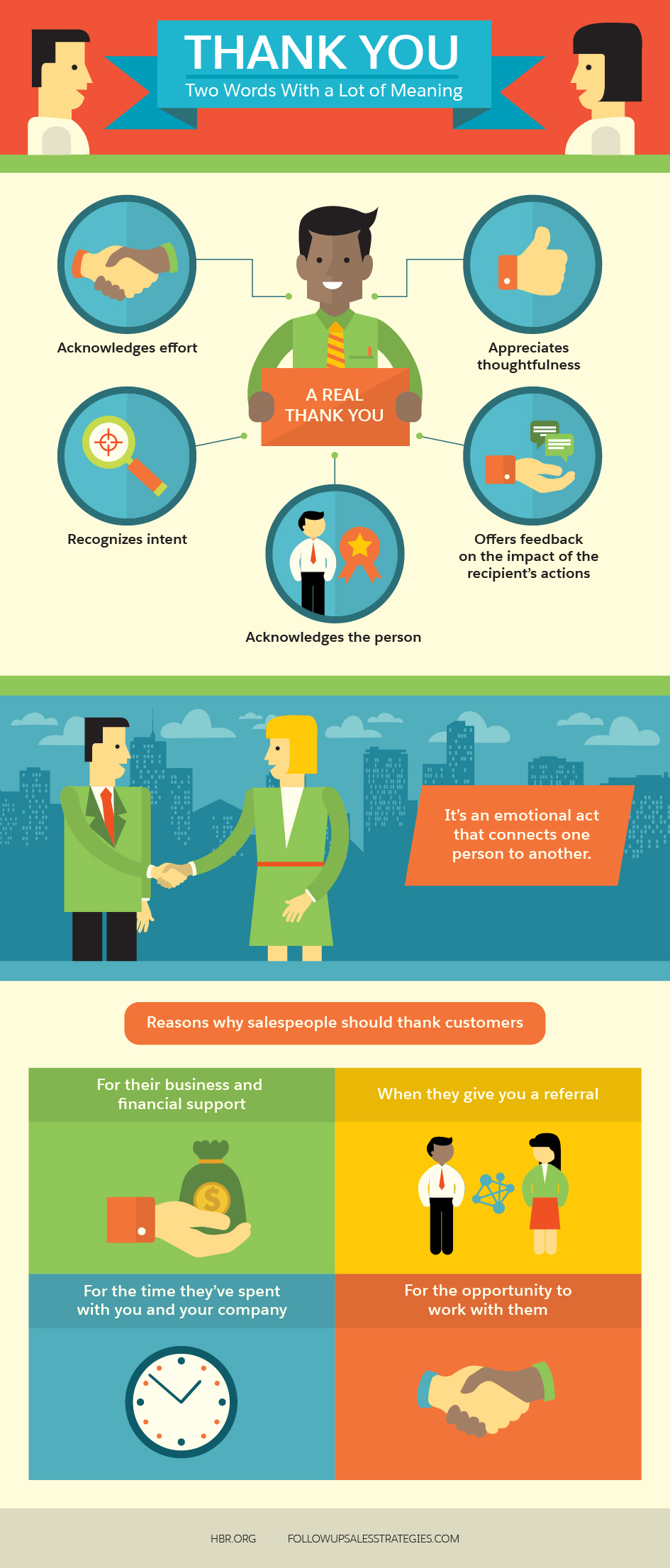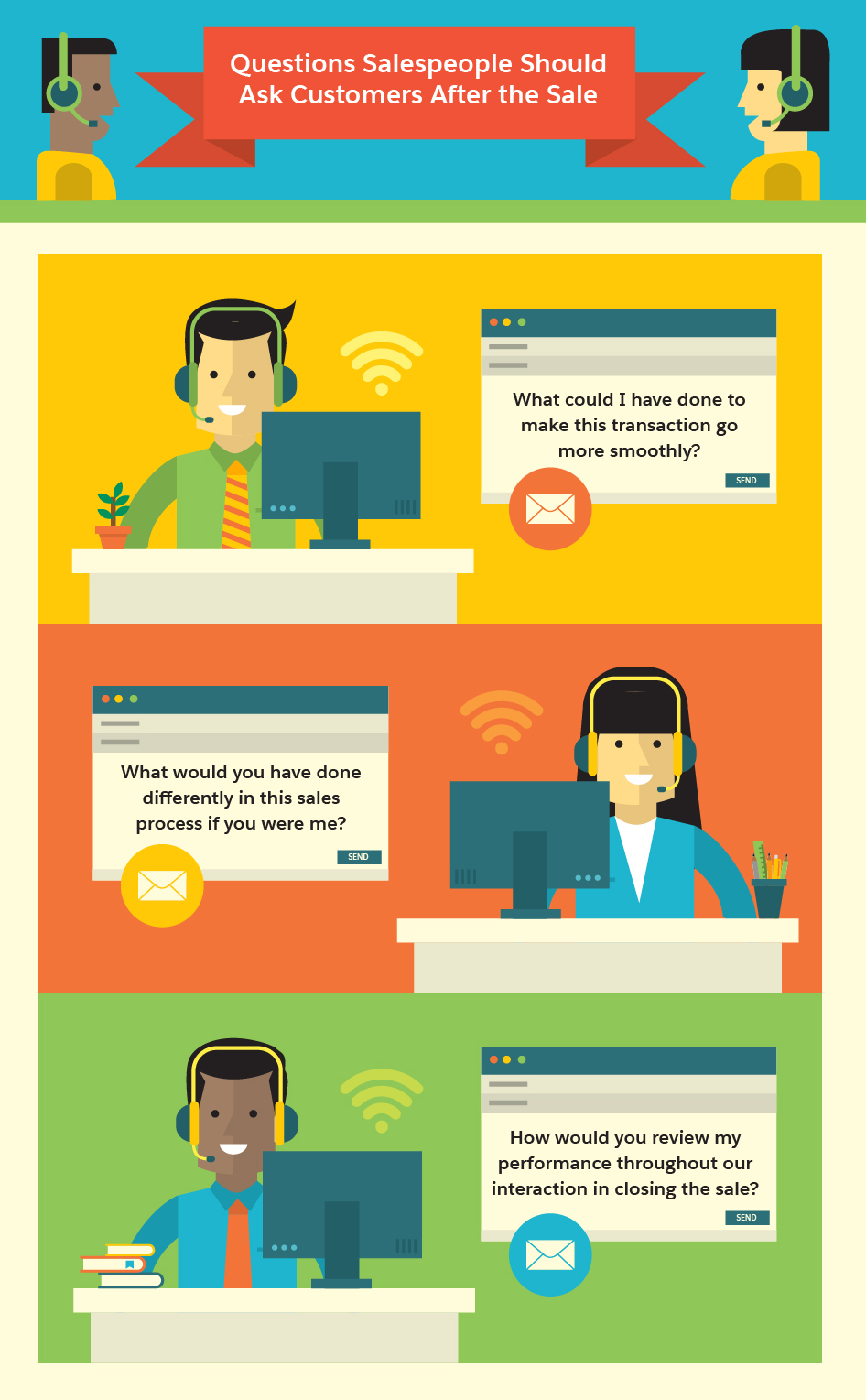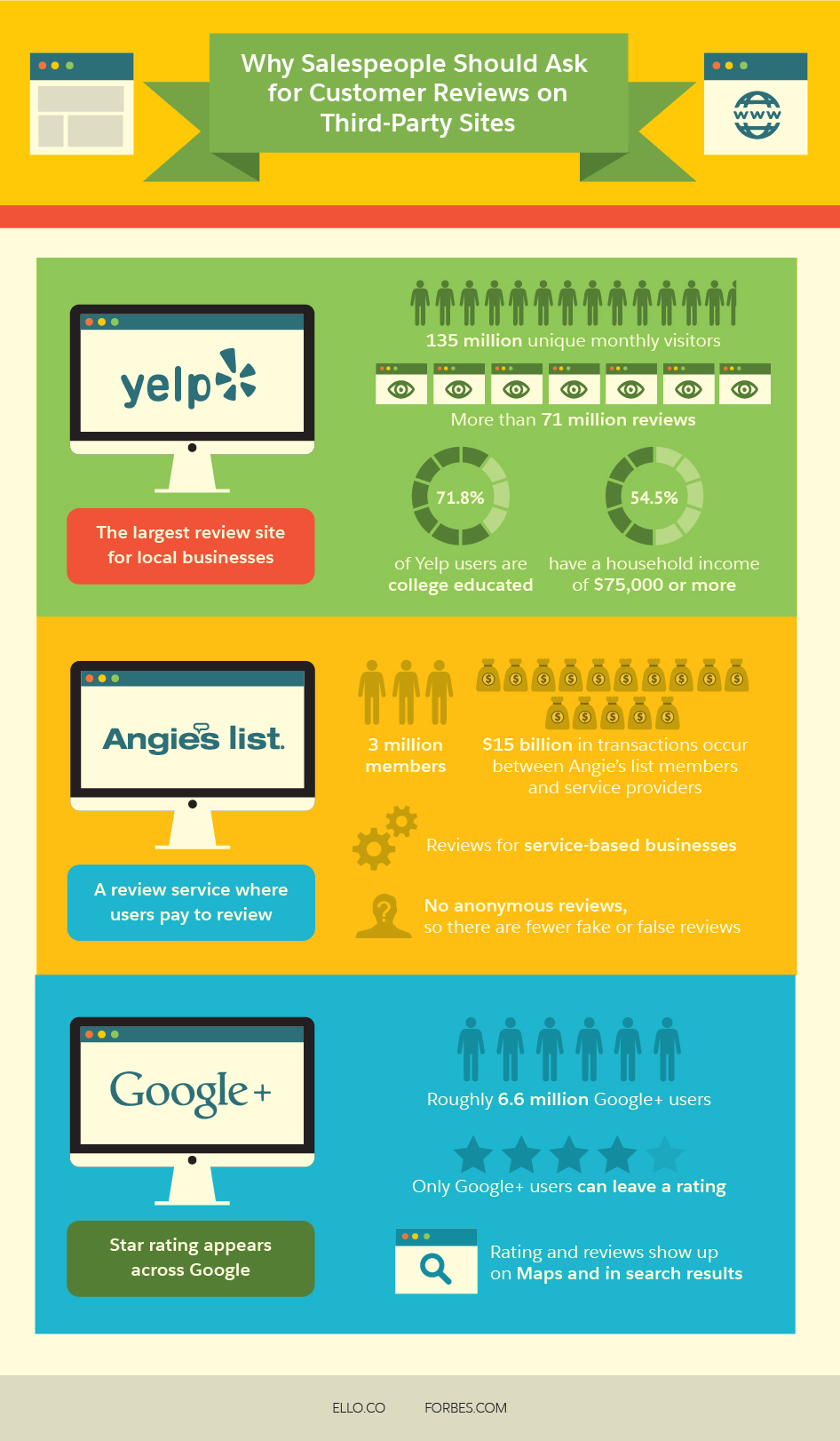When a junior salesman informed Mark Cranney, his boss, that he was sure he’d closed a deal, Cranney unleashed a round of questioning that would ultimately reveal that the sale was anything but closed.
“First, reach up to your face and take off your rose-colored glasses,” said Cranney, a larger-than-life-figure who shows up prominently and constantly in Ben Horowitz’s The Hard Thing About Hard Things: Building a Business When There Are No Easy Answers. “Then get a Q-tip and clean the wax from your ears.” Then, he instructed the junior salesman to “call the … vice president right now, because you do not have a deal.”
While the story above might seem to serve as a hyperbolic example of knowing—or not knowing—when you’ve closed the sale, it also makes another, even more important point: The first thing to do after closing a sale is to make sure that you’ve actually, well, closed the sale.
But assuming you do close the deal, there’s still much work to be done, in large part because the client has expectations that have yet to be fulfilled. What’s more, while the sale might be done, the deal is far from over, as any experienced salesperson can tell you. In fact, the period immediately following a sale offers a prime opportunity to continue the relationship. That’s more important than ever given that we live in the age of digital, where decisions are made swiftly and with far more wide-reaching (that is, public) implications.
Salespeople nowadays must be as concerned with appearances as they are with ensuring that their current customers are satisfied. And if customer satisfaction that leads to repeat business is the goal, you’d do well to mind four key steps in the post-sale process.

Say Thank You
You just closed a $2 million deal. Sending a personal note of thanks might be the furthest thing from your mind. But it shouldn’t be, says Peter Bregman, CEO of Bregman Partners, a consulting company that teaches leadership seminars.
“Saying ‘thank you’ is mostly an emotional act. It connects one person to another,” he writes in a piece for Harvard Business Review. Saying thank you, he adds, doesn’t simply acknowledge someone’s effort and involvement in the process; it’s a personal acknowledgement of the respect you have for the individual.
In many ways, saying thank you humanizes what can be a bland, unfeeling interaction, making it one where the person who was sold to comes to see you as more likeable and similar to them, and worthy of future business.
But while you’re handing out thanks, make certain to look at those standing behind you as well: your teammates and internal business partners, and anyone who played a role, no matter how small, in making the sale a reality. In addition to thanking them individually, type up a sincere, thoughtful email and send it to them, while copying their boss or department head. As the saying goes, empathy will move mountains. This seemingly small gesture will likely be repaid many times over in the future.
Ask for Feedback

When technical support workers are preparing to leave a residence or business, they always let the homeowner or business owner know they will be receiving a service call or email for an online survey regarding the service they received. “Please take the time to fill this out,” they’ll typically say. “The company really pays attention to these messages.”
The short spiel will often include a tidbit about how bonuses are tied to these ratings, and then, just as they are about to finish, they drop this line: “Is there anything that would prevent you from giving me the highest rating?” (Anything less than the highest rating is tantamount to a poor rating for the Net Promoter System being used to grade them.)
As a salesperson, one of your first tasks is to ask the person on the other side of the transaction a set of questions aimed at getting the same result:
- What could I have done to make this interaction more seamless?
- Share with me one thing that, were you in my shoes, you’d have done differently in this sales process.
- On a scale of one to 10, how would you rate my performance throughout our interaction in closing the sale? (Please explain.)
The questions should be asked via phone or email, ensuring that the party feels comfortable being candid.
The goal, however, is to find anything that might have added up to make the interaction in any way negative for them. These seemingly insignificant nuggets of information can matter greatly in the long run, especially when it comes to them recommending you for future business.
As with the example of tech support, anything less than a glowing review is a negative.
Ask for a Review on a Third-Party Site
It used to be that word-of-mouth advertising was a one-to-one affair: Jim told Pam about the service he received from Sarah. Nowadays, one-to-one has morphed into one-to-many and many-to-many, in that one person shares the details of their experience with another person or persons, who then share the details with their friends, in person, and via social media, where it is then seen by an entire network of people across the entire world.
With this knowledge in hand, many sales companies now post customer testimonials that were initially shared on social media prominently on their websites. So popular is this idea that many brands feature testimonials above the fold on the homepage of their website. They even include a photo of the person who shared the comment.
Don’t follow suit.

Soon after making the sale, you most certainly should reach out to the customer for a comment, but not for use on your site. “Customers want to read honest, unbiased reviews on third-party sites,” says Greg Gifford, a Local SEO expert. “They simply don’t care about (or trust) the reviews on your testimonials page.” Instead, says Gifford, create a reviews page on your website that links to other websites where customers can share reviews, and send the prospects there to share a review or reviews.
This approach has a built-in benefit that not many brands fully recognize: Upon seeing the (hopefully) glowing reviews from others, your customers are likely to follow their lead and leave you an equally stellar review and/or rating.
Seek an Introduction
All too often, once a deal is closed, the first thing a salesperson does is ask, “Do you have anyone else you could refer me to? Maybe a friend or family member who might need my [product or service]?”
While we understand the logic, the move can seem more than a little off-putting when you’re soaring high from your own purchase. In his excellent book The Pumpkin Plan, Mike Michalowicz recommends a different approach: Ask them for the contact information of other vendors they use. The goal is to gain access to contacts who can share many other contacts, not simply a single person they might gain business from. A move like this one is seen as much less intrusive.
It’s also quite wise. Most vendors have hundreds or even thousands of contacts, so building a relationship with them, as opposed to simply courting business from the friend of a customer, is a win-win, especially if you’re willing to share your contacts as well.
The list of a salesperson’s next steps after a sale is as long and winding as a country road. But today, in an age where everything salespeople do is likely to become visible to others, taking great pains to do the small things well is imperative. The key is to keep a simple slogan top of mind: Focus on getting the sale right more than you focus on getting the sale done.
Share "4 Things the Best Salespeople (in the Digital Age) Do Immediately Following a Sale" On Your Site




